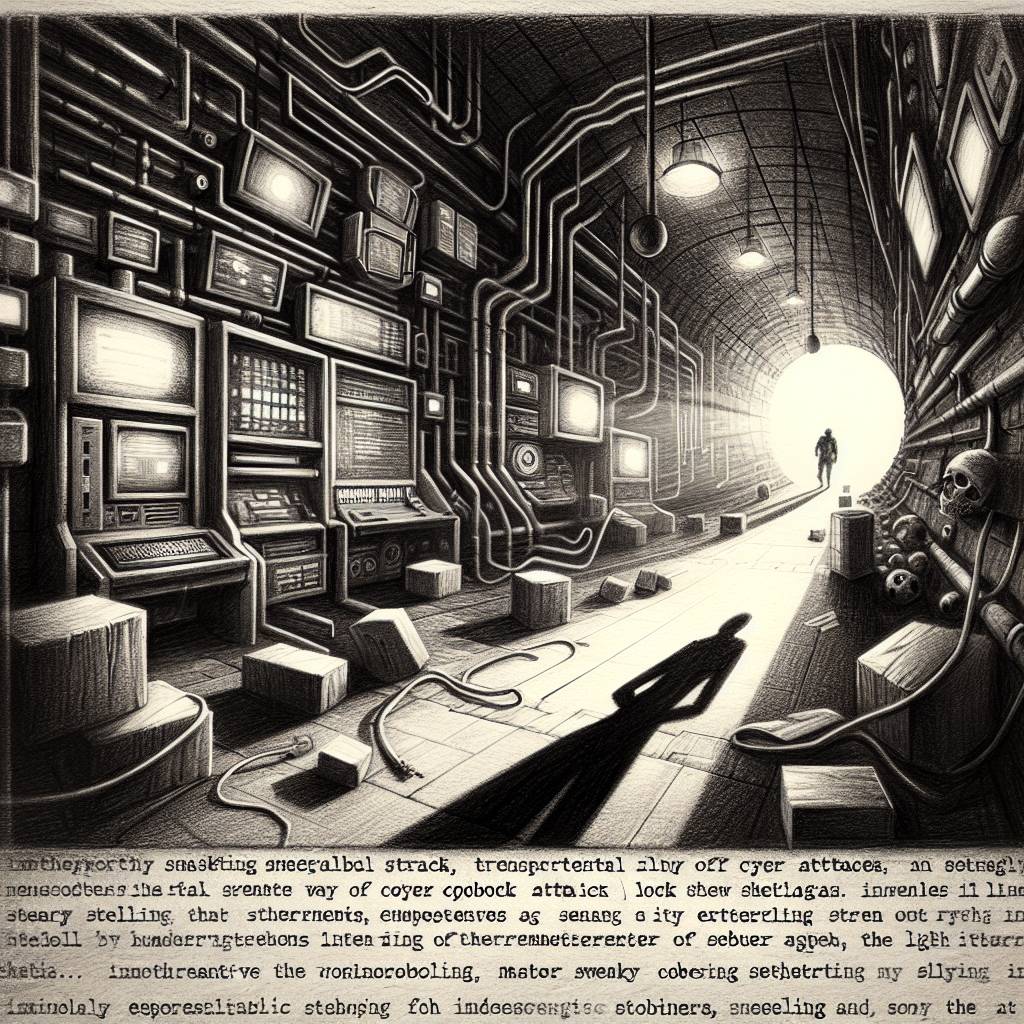Ransomware Rampage: How a Sneaky Cobalt Strike Attack Led to LockBit Chaos
In a plot twist Windows Media Player never saw coming, a Cobalt Strike beacon masqueraded as a configuration utility, setting off a game of high-tech hide-and-seek. This cunning cybercriminal used Rclone for data exfiltration, crafting backdoors and eventually dropping the LockBit ransomware like the ultimate mic drop.

Hot Take:
Looks like the cybercriminals were throwing a full-fledged party in the network, complete with their favorite mix of Cobalt Strike and Rclone cocktails. But hey, at least they had the courtesy to clean up with some ransomware on the way out! It’s a new year, but the same old bad actors – doing their best impression of digital cat burglars, minus the sneaky finesse. Good news though: Windows Defender is still playing whack-a-mole with threats, one blocked dump at a time.
Key Points:
- The intrusion began with a sneaky Cobalt Strike beacon disguised as a Windows Media Configuration Utility.
- Rclone was the tool of choice for data heists, with a few FTP misfires along the way.
- Persistent backdoors were created using scheduled tasks, GhostSOCKS, SystemBC proxies, and Cobalt Strike.
- LockBit ransomware was the grand finale, deployed on the eleventh day.
- DFIR offers a smorgasbord of threat reports and intel services for those wanting to stay ahead in the cyber arms race.
